1. The Lost Dutchman’s Gold Mine – Arizona
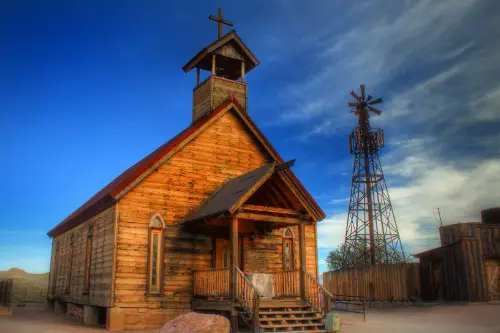
Tucked away somewhere in Arizona’s Superstition Mountains is a legendary gold mine supposedly discovered by a German immigrant named Jacob Waltz, often called “The Dutchman.” He reportedly found an incredibly rich vein of gold and kept its location a secret, only hinting at its whereabouts before his death in 1891, according to Arizona State Parks. Treasure hunters have been searching for the mine ever since, and over the years, clues and maps have surfaced that suggest it could be real.
What makes this legend particularly believable is the area’s history of gold mining. The Spanish were known to have worked mines in the region in the 1700s, and stories of lost mines have existed for centuries. The Superstition Mountains are also filled with deadly terrain and extreme weather, which could explain why no one has been able to find Waltz’s mine again. People have died searching for it, but that hasn’t stopped modern-day treasure hunters from trying. Some believe that the gold is still out there, hidden under centuries of rockslides and brush.
2. The Beale Treasure – Virginia
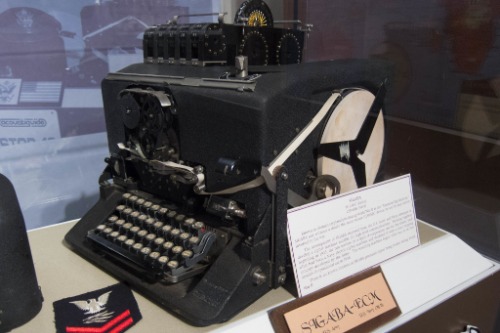
In the early 1800s, a man named Thomas J. Beale supposedly buried a fortune in gold, silver, and jewels somewhere in Bedford County, Virginia, Beale’s Brewery explains. He left behind a set of three coded messages, one of which was cracked and revealed that the treasure’s value was over $60 million in today’s money. The other two ciphers, which supposedly contain the location of the treasure and the names of its owners, remain unsolved.
What makes this story more than just legend is the existence of the Beale Papers, which describe the treasure and its hiding place in detail. Cryptographers have worked on the remaining ciphers for over a century, and some experts believe they could be genuine. Adding to the intrigue, no historical records of Beale or his men exist beyond the papers, leaving some to speculate that it was an elaborate hoax. However, the idea of a buried treasure in Virginia is tempting enough that people continue to dig in Bedford County, hoping to crack the code and strike it rich.
3. The Lost Adams Diggings – New Mexico or Arizona
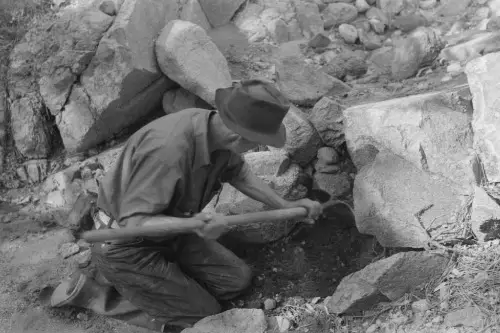
The Lost Adams Diggings is a legendary gold cache said to be hidden somewhere in the desert Southwest, either in New Mexico or Arizona. The story dates back to the 1860s when a group of prospectors, led by a man named Adams, was reportedly guided to a secluded canyon rich in gold by a Native American. They set up camp and began mining, but before they could leave with their newfound fortune, they were attacked—either by Apache warriors or another hostile group—forcing the survivors to flee for their lives. When Adams later tried to find the canyon again, he was never able to retrace his steps.
Since then, countless treasure hunters have searched for the Lost Adams Diggings, believing that a fortune in gold nuggets still lies buried in a hidden canyon. Some claim to have found traces of mining activity, while others insist that old maps and journal entries provide tantalizing clues. However, no one has ever confirmed the discovery of the original site. The mystery remains one of the most enduring treasure legends of the American West, with adventurers still scouring the deserts in hopes of striking gold.
4. The Oak Island Money Pit – Nova Scotia (Ties to America)
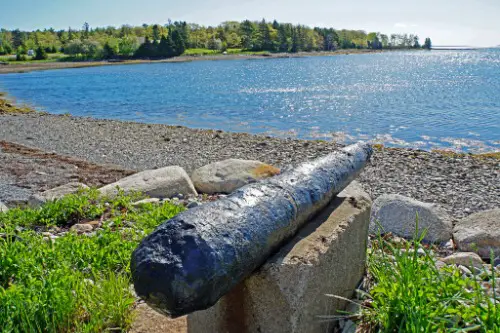
While Oak Island is in Canada, the legend has strong ties to American history, with theories involving everyone from Captain Kidd to the Knights Templar, Artnet News explains. The story dates back to the late 1700s when a group of boys discovered a mysterious pit that seemed to be artificially constructed. Over the years, countless treasure hunters have attempted to excavate the site, believing it contains hidden riches.
What keeps this legend alive is the strange engineering found within the pit—wooden platforms at regular intervals, intricate flood tunnels, and even evidence of human remains. Some theories suggest early American settlers or even wealthy colonial figures might have buried something there. Despite millions spent on excavation, no one has reached the bottom, leaving the possibility of treasure very much open.
5. The Lost Rhoades Mine – Utah

Lost Rhoades Mine, is said to be a secret gold deposit known only to the Ute tribe and later revealed to a Mormon settler named Thomas Rhoades, according to Utah Treasure. According to legend, the Utes allowed Rhoades to extract gold on the condition that he never reveal the mine’s location. Some believe he used the gold to help fund the early Mormon settlement in Utah. After his death, the knowledge of the mine’s location faded, and all attempts to rediscover it have failed.
Searchers have followed cryptic maps, old journal entries, and Ute oral traditions in hopes of finding the lost mine, but no one has definitively proved its existence. Some speculate that it was deliberately hidden to prevent further exploitation, while others believe it may have been mined out long ago. Regardless, treasure hunters still comb the Utah mountains, hoping to strike it rich. If the mine is real, it could contain one of the largest untapped gold deposits in American history.
6. The Fenn Treasure – Rocky Mountains
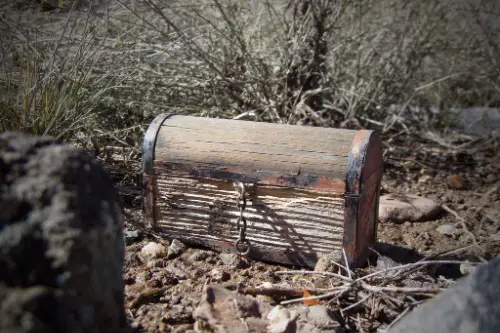
In 2010, millionaire art dealer Forrest Fenn announced that he had hidden a chest full of gold, jewels, and rare artifacts somewhere in the Rocky Mountains. He left behind a cryptic poem in his memoir, The Thrill of the Chase, which contained clues to the treasure’s location. Fenn said he wanted to inspire people to explore the outdoors and experience the same sense of adventure that had defined his own life. Over the next decade, tens of thousands of people searched for the treasure, braving rugged terrain, dangerous weather, and even deadly accidents in their pursuit of riches.
Then, in June 2020, Fenn announced that the treasure had finally been found. A man named Jack Stuef, a medical student, had deciphered the clues and recovered the chest in Wyoming. Stuef later confirmed his discovery but kept the exact location a secret, likely to preserve the mystery and protect the wilderness from further destruction. While the Fenn Treasure has been officially “solved,” many still debate whether all the details add up. Some even speculate that there could be a second chest still out there, waiting to be discovered.
7. The Confederate Gold – Lake Michigan & Georgia

The legend of the lost Confederate gold has been a source of speculation since the end of the Civil War, according to The Augusta Chronicle. According to various accounts, as Union forces closed in on Richmond, Virginia, in 1865, Confederate President Jefferson Davis and his officials ordered a massive fortune in gold and silver to be transported south. The treasure was meant to fund the continuation of the war or help exiled leaders rebuild elsewhere, but somewhere along the way, it vanished. Some believe it was buried in Georgia, while others claim it ended up at the bottom of Lake Michigan.
One of the most compelling theories comes from Michigan, where rumors persist that the gold was loaded onto a train and deliberately sunk into the lake to keep it from falling into Union hands. Treasure hunters have scoured the waters for decades, and some believe they’ve found evidence of a submerged train in the depths. Meanwhile, in Georgia, historians have uncovered old Confederate records and local accounts suggesting that part of the fortune might have been hidden in the woods near Washington, Georgia. With multiple leads but no confirmed finds, the mystery remains unsolved, keeping fortune seekers on their toes. If the treasure does exist, it could be worth hundreds of millions today.
8. The Knights of the Golden Circle Treasure – Various Locations
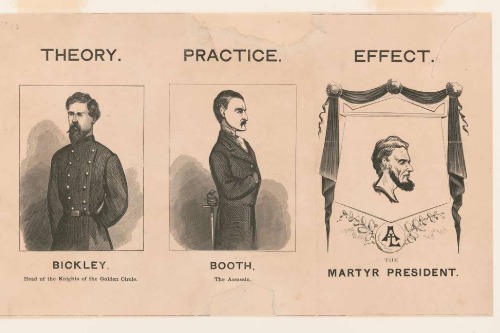
The Knights of the Golden Circle (KGC) was a secretive pro-Confederate organization during the Civil War, and some believe they hid vast amounts of gold and silver across the United States to fund a future rebellion. According to legend, Confederate sympathizers buried caches of treasure in remote locations, marking their hiding spots with intricate codes, symbols, and maps. Over the years, stories have emerged of buried gold in Texas, Missouri, Kentucky, and even along the Appalachian Mountains.
Some researchers believe Jesse James, the infamous outlaw, was involved in protecting or redistributing the KGC treasure. Rumors suggest that certain caves, old wells, and even seemingly random boulders contain hidden messages leading to these lost stashes. While treasure hunters have uncovered unusual carvings and even small deposits of gold that might be linked to the KGC, the main hoards have never been found. If the stories are true, there could still be millions in Confederate gold hidden across the country, waiting for someone to break the code.
9. The Laffite Brothers’ Pirate Treasure – Louisiana & Texas
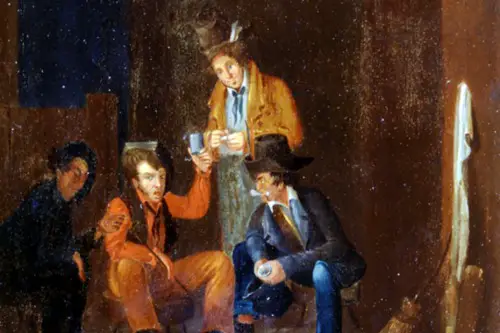
Jean and Pierre Laffite were notorious French-American pirates who operated in the Gulf of Mexico in the early 19th century. They made a fortune smuggling goods and raiding ships, and legend has it they buried vast amounts of treasure along the coasts of Louisiana and Texas. Some say Jean Laffite, in particular, stashed gold in multiple locations, including the swamps of Barataria Bay, the islands off the Texas coast, and even beneath old buildings in New Orleans.
Treasure hunters have searched for the Laffite fortune for years, and while some claim to have found Spanish coins and relics linked to the pirates, no massive hoard has ever been recovered. The Laffite brothers were known for their secrecy, and if they truly did hide treasure, they may have left behind coded maps or obscure clues that have yet to be deciphered. With shifting coastlines and decades of natural disasters reshaping the landscape, any buried gold may now be underwater or hidden beneath layers of silt and vegetation. Yet, the possibility of a pirate fortune still out there continues to lure adventurers to the Gulf.
10. The Lost Josephine Mine – Utah
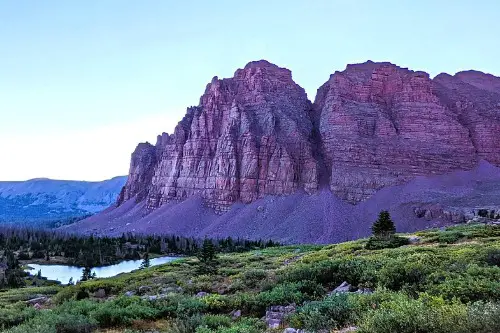
Deep in the Uinta Mountains of Utah, stories circulate about the Lost Josephine Mine, a legendary source of Spanish gold and silver. Some claim the mine was originally worked by the Spanish in the 1700s before being abandoned and lost to history. Others believe that a group of Jesuit priests secretly mined and stored vast quantities of gold there, hoping to keep it safe from outsiders. Over the years, rumors of strange symbols, hidden maps, and mysterious deaths have only added to the legend.
Searchers have scoured the mountains for centuries, and some have even claimed to find traces of old mining operations. The Uintas are rugged and remote, making exploration dangerous, but treasure hunters remain undeterred. Modern expeditions, sometimes equipped with ground-penetrating radar and other technology, have turned up intriguing anomalies in the rock formations. While no one has definitively uncovered the Josephine Mine, many believe its riches still lie buried beneath the Utah wilderness, waiting for the right person to unlock its secrets.
11. Mosby’s Treasure – Virginia
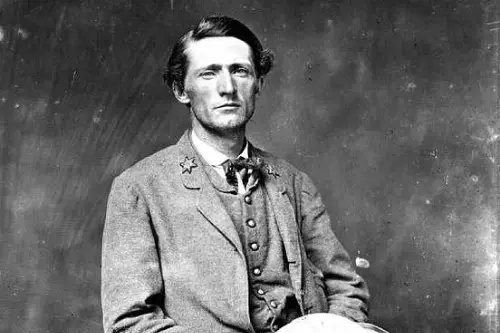
During the Civil War, Confederate Colonel John S. Mosby was famous for his lightning-fast raids behind Union lines. In 1863, he and his men reportedly captured a Union paymaster’s stash—gold, silver, and jewelry—worth thousands of dollars. Fearing that Union troops were closing in, Mosby is said to have buried the treasure in the woods somewhere near Culpeper, Virginia, marking the spot for later retrieval. But as the war dragged on, Mosby never returned to recover the stash, and the location was lost to history.
Over the years, many have searched for Mosby’s treasure, and while some relics of the Civil War have been found in the region, the gold itself has never surfaced. Historians believe Mosby may have taken the secret to his grave, or that shifting landscapes and development may have buried any remaining clues. However, with metal detectors and new technology, some believe the lost Confederate loot could still be out there, waiting to be unearthed.
12. Victorio Peak Treasure – New Mexico
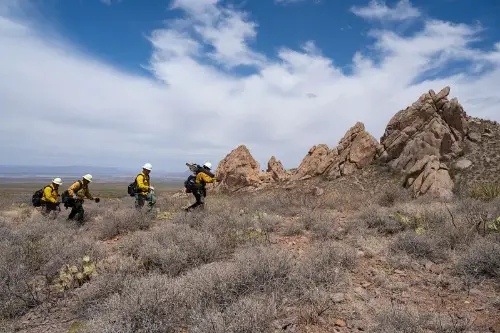
In the 1930s, a man named Doc Noss claimed to have discovered a hidden cavern filled with gold bars inside Victorio Peak, a rugged mountain in southern New Mexico. According to Noss, he stumbled upon the treasure while searching for water and found a secret tunnel leading to a chamber stacked with gold, jewels, and ancient artifacts. He supposedly retrieved a few gold bars before a cave-in sealed off the entrance, preventing further access.
Noss spent years trying to recover the rest of the treasure, but in a twist of fate, he was shot and killed in 1949 before he could retrieve it. Later, the U.S. government took control of the area as part of the White Sands Missile Range, restricting access to treasure hunters. Some believe the military secretly recovered the gold, while others think the treasure is still sealed inside the mountain. Despite numerous expeditions, including claims of new tunnels and underground vaults, no definitive proof of the gold has ever surfaced. However, the possibility of a lost fortune hidden deep inside Victorio Peak continues to attract adventurers hoping to uncover its secrets.


